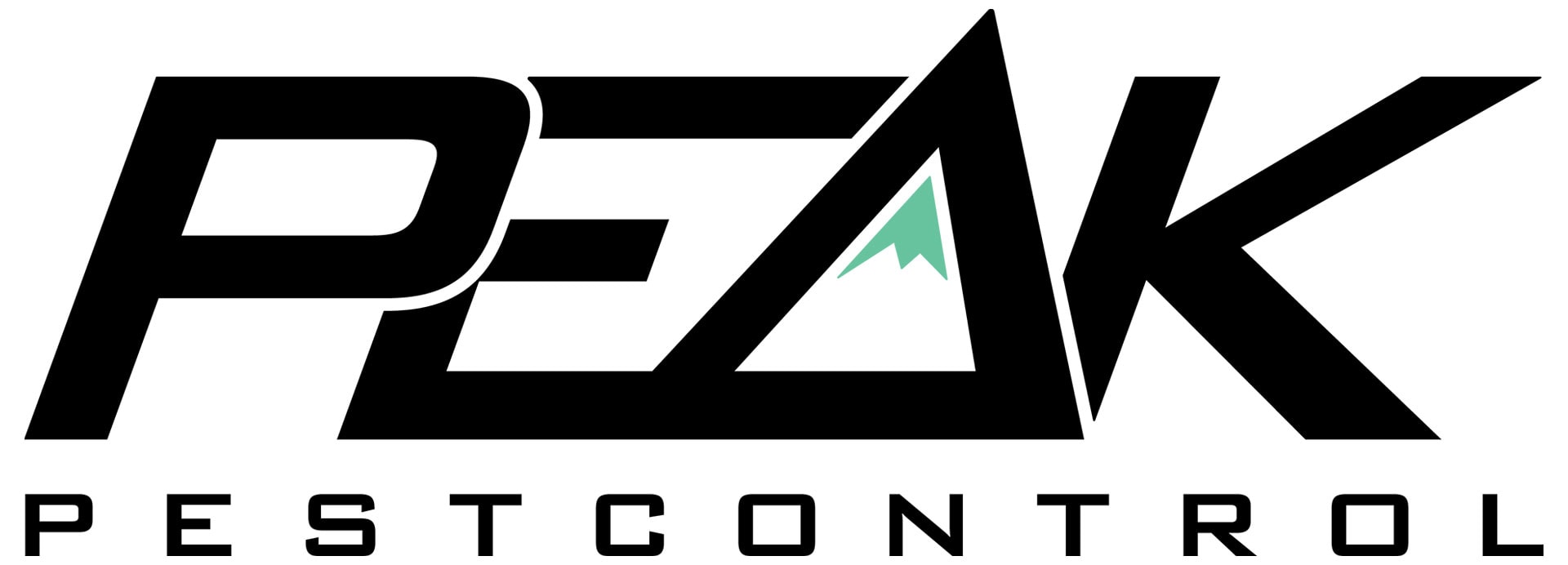Have you ever noticed how commercial buildings rarely seem to have major pest problems? That’s not by accident.
This is how commercial pest control works and why homeowners can benefit from adopting a similar approach.

The Home vs. Business Approach
Most homeowners react to pests after they’ve already spotted them. You see ants in your kitchen, and then you take action. Businesses, on the other hand, use proactive strategies to prevent infestations before they start. They understand that prevention costs less than dealing with a full-blown problem.
“Just because your home is spotless doesn’t mean you no longer have to worry about pests,” as the saying goes. Cleanliness helps, but it’s only one part of a complete strategy.
What We Can Learn From Commercial Practices
Commercial properties follow regular schedules for inspection and treatment. They don’t wait for pests to appear. This consistency matters more than occasional deep cleaning.
Businesses think about pest control as an ongoing process rather than a one-time event. They recognize patterns and vulnerabilities unique to their properties. Your home has similar patterns that you can identify and address.
The Cost Advantage of Prevention
While hiring professional help requires an initial investment, this approach becomes financially wise over time. Treating small issues early prevents costly repairs later.
For example:
- Rodents that chew through insulation and wiring can cause significant damage if left unchecked
- Termites may create structural issues requiring expensive repairs
- Some pests cause health problems that could lead to medical bills
Regular monitoring identifies issues early, which means less damage and lower long-term costs.
A Week-by-Week Plan for Your Home
Taking a business-like approach means creating structured routines. Here’s how this might look:
Weekly Tasks:
- Wipe surfaces after meals
- Sweep floors daily
- Take out trash before odors develop
- Store pantry items in airtight containers
Monthly Tasks:
- Inspect plumbing for leaks
- Check entry points around windows and doors
- Clean gutters to prevent water accumulation
- Review storage areas for signs of pests
Quarterly Tasks:
- Trim vegetation near your home’s foundation
- Clear debris from yard areas
- Check crawl spaces and attics
- Remove any standing water sources
This structured schedule keeps your home protected consistently rather than sporadically.
The Health Factor
Commercial buildings prioritize pest control because they understand the health implications. This thinking should apply to your home too.
Rodents carry diseases like hantavirus and salmonella, contaminating surfaces and food supplies. Insects like mosquitoes transmit diseases like West Nile virus, while cockroaches trigger allergies or asthma, especially among children and elderly people.
Consistent pest prevention drastically reduces these risks, creating a safer environment for your family.
Protecting Your Property Value
Maintaining a pest-free property also improves market value. Infestations cause structural damage, unpleasant odors, and unhygienic conditions that deter potential buyers.
Regular pest control maintains your property’s appeal and makes it easier to sell when the time comes.
Beyond Cleanliness: Debunking Myths
A common assumption suggests immaculate houses remain pest-free. This isn’t entirely true. Even tidy homes face invasions if structural vulnerabilities exist. Cracks in walls, gaps around pipes, or torn window screens grant easy access. Pests exploit weaknesses unrelated to cleanliness.
Professional treatments target nests, entry points, and breeding sites for lasting results.
Creating a Year-Round Strategy
Pests don’t take seasons off, and neither should your pest prevention efforts. Many homeowners assume pests hibernate or vanish during colder months, but this misconception overlooks adaptive behaviors.
Winter brings its own challenges:
- Rodents like mice and rats remain active indoors, seeking shelter in attics, basements, and wall voids
- Spiders, particularly certain dangerous species, thrive in undisturbed areas like garages
- Many insects establish early colonies in heated spaces during winter months
A business-like approach means understanding these seasonal patterns and staying vigilant year-round.
Implementing Your Business-Like Approach
To shift from reactive to proactive pest control:
- Map your home’s vulnerable areas – Know where pests are most likely to enter and thrive
- Create a structured schedule – Daily, weekly, monthly, and seasonal tasks
- Document what you observe – Keep track of any signs of pest activity
- Set up prevention barriers – Physical barriers at entry points
- Establish partnerships with professionals – Regular inspections by experts
- Build in accountability – Set calendar reminders for your pest prevention tasks
Final Thoughts
You don’t need to live in sterile isolation to maintain an inhospitable environment for pests. Simple, consistent changes make a huge difference. Store pantry items properly, fix leaky faucets promptly, and seal cracks before they become entry points.
By taking a business-like approach to residential pest control, you’ll save money, protect your family’s health, and maintain your property’s value. The key is consistency, prevention, and treating your home with the same methodical care that businesses apply to their commercial spaces.
This shift in thinking transforms pest control from an occasional emergency response into a routine part of home maintenance. The result? A healthier, safer, and more valuable home for years to come.








